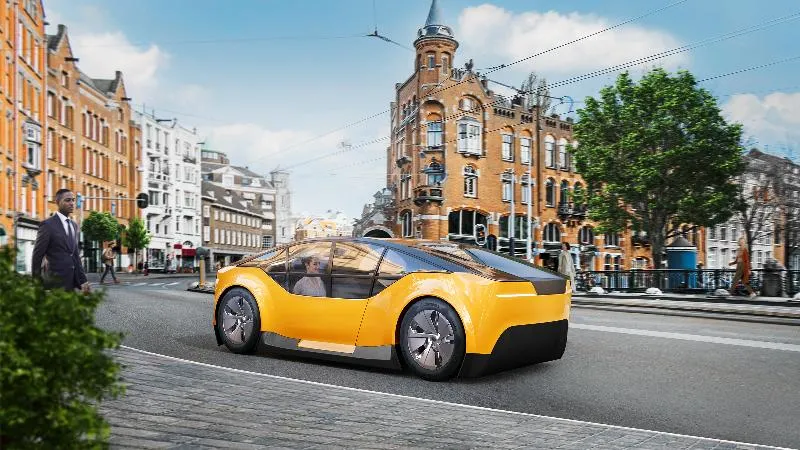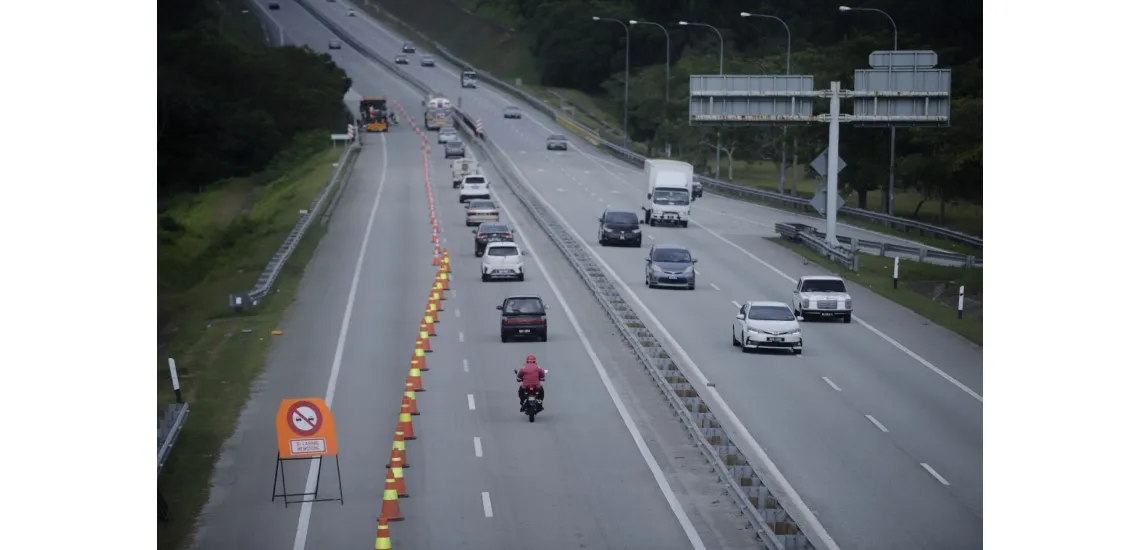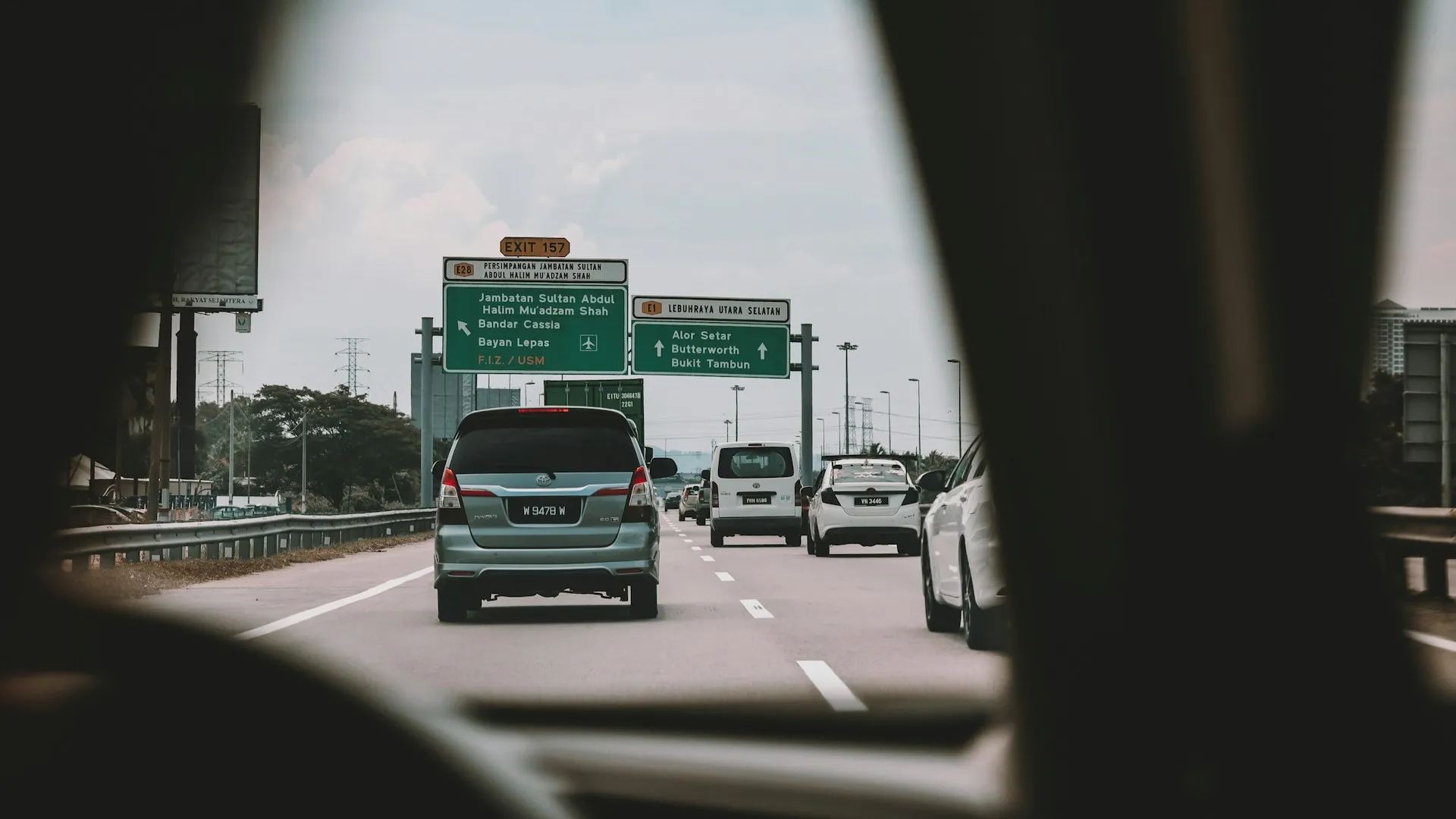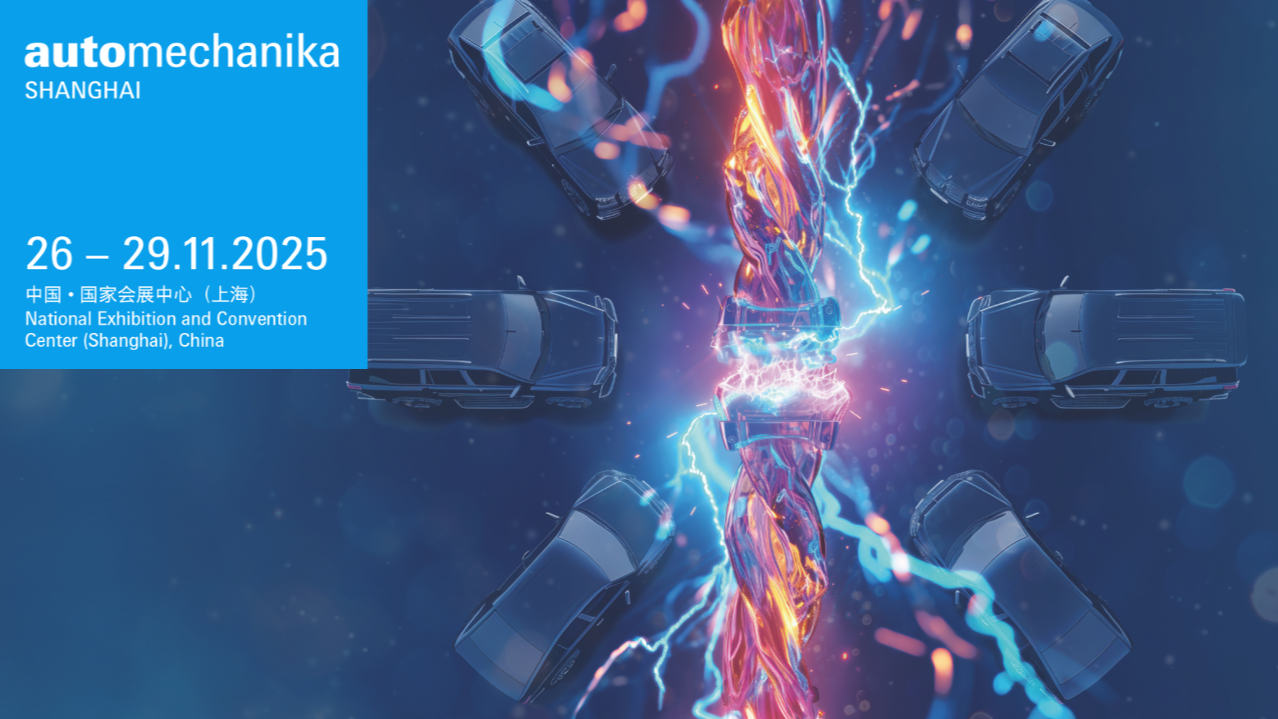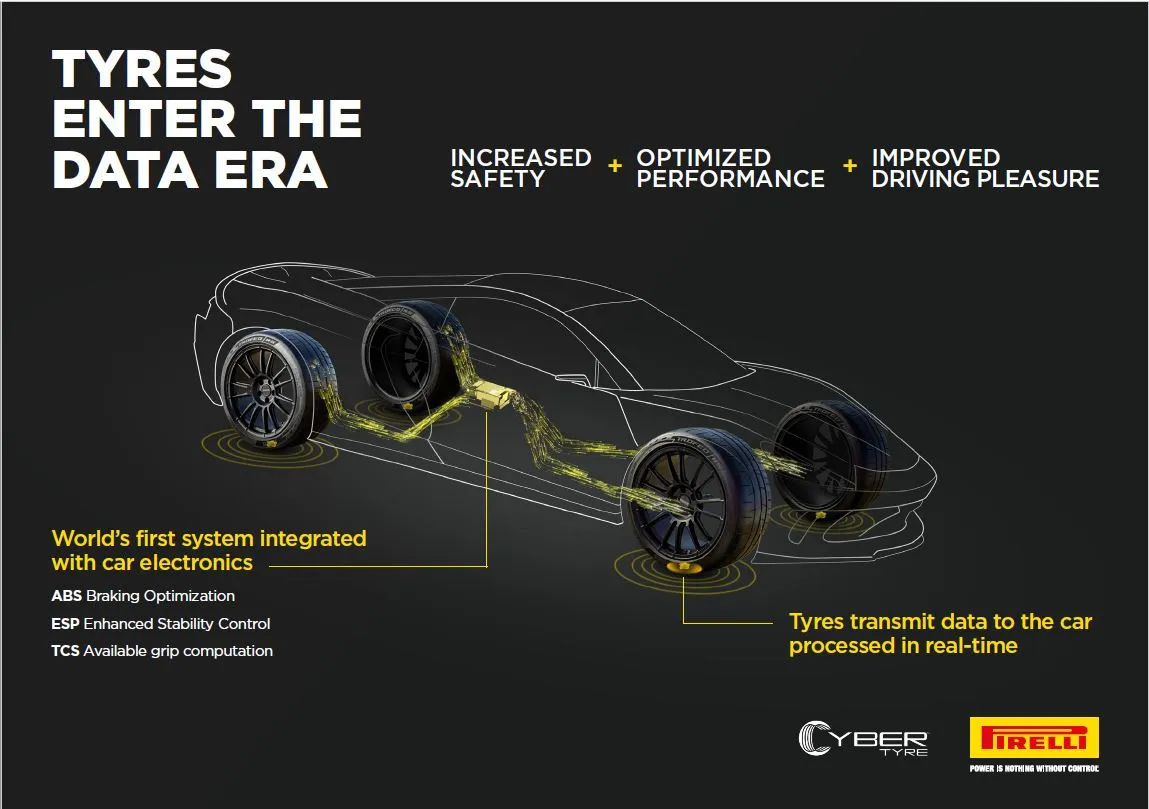Continental has rolled out an original equipment tyre line for use on driverless vehicles. The aContact tyre family combines specially developed technologies that meet the varying requirements and areas of application of autonomous vehicle fleets. The tyres are well suited to robotaxis, shuttle vehicles, autonomous delivery services and, in the future, self-driving private cars. Continental’s aContact tyres will soon be hitting public roads for the first time in US cities such as Las Vegas and San Francisco.
New OE Tyre Line for Autonomous Vehicle Fleets
“Self-driving robotaxis will soon be part of our everyday mobility – alongside traditional cars, cargo bikes and e-scooters,” says Meletis Xigakis, Head of Research and Development for the original equipment business at Continental Tires. “To ensure maximum efficiency, it is crucial they are equipped with tyres made specifically for the job. That is where our aContact product line comes in, combining technologies that have been adapted and customised for the ordering manufacturer or mobility provider – promoting safety and optimising performance and efficiency.”
Tyre development has entered a new era with partially automated and autonomous driving. When vehicles are steered by AI-powered algorithms rather than humans, this alters the way they behave on the road. Self-steering cars, for example, usually drive at lower speeds and under strictly controlled conditions. For that reason, tyres fitted to robotaxis often need to operate for extended periods of time.
In major automotive markets like China and North America, autonomous driving is already a reality. In Chinese cities such as Shanghai and Beijing, as well as US cities like San Francisco and Los Angeles, robotaxis are already a familiar sight. Many manufacturers ranging from agile start-ups to established carmakers are hard at work developing technologies for emerging robotaxi fleets.
Continental supplies its customised aContact options to several customers that operate or will operate self-driving vehicle fleets. This calls for different aContact quality requirements and technological specifications, depending on the area of application. Safety features are always paramount, however, including short braking distances and superior handling – including in wet conditions. Aside from that, the demands placed on the vehicle can vary widely: for example, if it has to operate in hectic commuter traffic, or if it is used to shuttle airport passengers back and forth along a clearly defined route. Continental takes all of these variables into account and adapts the rubber compound and tread design accordingly. Customers can also special-order tyres with a highly robust sidewall construction that extends their service life. Lower rolling resistance is another common request, as this maximises the range of autonomous electric vehicles. Tyres for self-driving cars usually have a relatively narrow and tall construction profile, which reduces air resistance as well as lowers rolling resistance. Taller tyres are also better equipped to carry the load of heavy vehicle bodies and battery packs, which positively impacts handling and driving stability. To make the driving experience as quiet as possible, Continental also makes a targeted effort to minimise external rolling noise when developing its aContact tyres.

